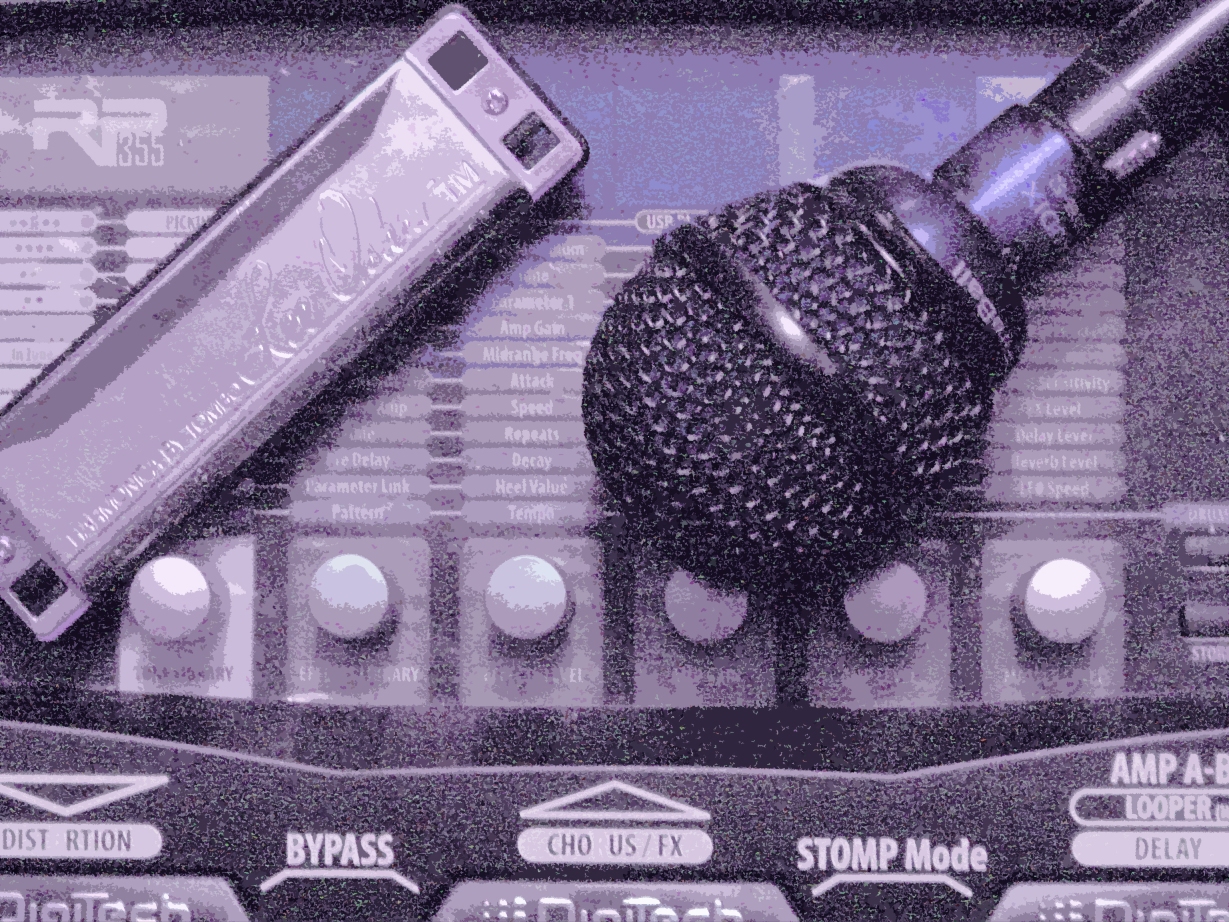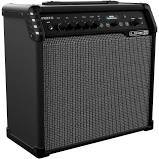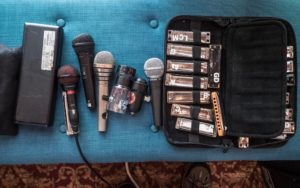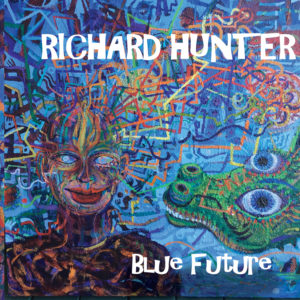
As We Await the Delivery of the Line 6 Spider V, A Few Thoughts on Gear
I’m getting set for a lot of activities in the next couple of months: creating a patch set for the Line 6 Spider V series modeling amps, writing and arranging the music for my next record, “Blue Future”, recording keyboard parts for another record, and so on. Gear is wound through it, which is interesting.

With the imminent arrival of a (used) Spider V30 amp from Guitar Center, I’ve been thinking about gear, and in particular about how some people–myself at points in time included–fixate on gear as the key to making great sounds, cycling rapidly through changes in their setups, not taking the time to learn what their gear does before they get more. If you’ve got a lot of gear that does similar stuff–four delays, 5 reverbs,10 tube amps or modeling FX pedals, etc.–then at least one of three things is true: 1) you’ve been at it for a long time, 2) you’ve got a lot of money, or 3) you’re trying to use gear to cover up something else. If neither of the first two things applies to you, read on.
The something else may well be that you’re dissatisfied with your basic sound–the sound you make when you pick up a harmonica and play it–and no amount or kind of gear will produce a brilliant sound if that’s the case. Here’s the other side of that dirty little secret: when you can make a decent sound at the source, where the harmonica meets your lips, almost any gear you play through will sound just fine. Tube amps, modeling amps and pedals, a PA system with an SM58 mic–any or all of those will sound good when the sound coming out of the back end of the harmonica is good.
People who can’t make a good sound–a sound that resonates even at low volumes, a sound that fills the space around it, as opposed to a thin, screechy whine–are never satisfied with their gear, and are always searching for the Grail: the perfect amp or pedal that will make them sound incredible. Jason Ricci uses X? I must have X! But listen to Jason on one of his Youtube videos where he’s just jamming with a harmonica in his hands. Jason sounds good! Jason has sounded good through every setup he ever played through, even though he’s changed that setup on occasion and will do so in future. We can say the same of Little Walter and Charlie Musselwhite, both of whom probably played at some point through every combination of amp and mic known to humankind.

I love instruments, and amps and FX are instruments–the means to realizing sounds known and unknown. I’ve used a lot of different gear, and I keep being inspired by the sounds that new gear makes possible. But if you just can’t be satisfied with the sound of your gear for more than a few minutes–if you’re always looking for that piece of gear that will complete you–you either haven’t been looking very long, or you’ve got the wrong idea about what comes first. So put more time into playing the harmonica and learning how to play the harmonica than you put into looking for gear. When your sound on the harmonica is strong, the gear will be there for you.
If you liked that, you’ll like these:
the 21st century blues harmonica manifesto in sound
Get it on Amazon
Get it on iTunes
the rock harmonica masterpiece
Get it on Amazon
Get it on iTunes
Tags In
Related Posts
2 Comments
Leave a Reply
You must be logged in to post a comment.
WHAT’S NEW
Categories
- Audio/Video
- Blog
- Blue Future
- Digitech RP Tricks and Tips
- Discography, CDs, Projects, Info, Notes
- Featured Video
- For the Beginner
- Gallery
- Hunter's Effects
- Hunter's Music
- Huntersounds for Fender Mustang
- Meet the Pros
- More Video
- MPH: Maw/Preston/Hunter
- My Three Big Contributions
- Player's Resources
- Pro Tips & Techniques
- Recommended Artists & Recordings
- Recommended Gear
- Recorded Performances
- Reviews, Interviews, Testimonials
- The Lucky One
- Uncategorized
- Upcoming Performances
- Zoom G3 Tips and Tricks




Hi Richard, This is a question rather than a comment. I am getting a Zoom G3 based on the fact of your patches. So as soon as the Zoom arrives Ill be purchasing the G3 Patchset. My gear at the moment is a Bulletini mic into a Boss DD7 delay pedal into VOX AC4 Tube amp. I want more effects and have decided that the multiFX with your Patches is the most convenient way to go. When I play with my ‘band’ I mic the VOX into our PA and thats been going fine. have you any comments on this setup?
I am also very interested in the fact that you have done a patchset for the Fender Mustang. So that is on my horizon if I decide I need a bit more power. ( I have a bit of retirement cash set aside for such an extravagance).
Thank you
Richard
(By the way I have had your Jazz book for a long number of years and am only now starting to appreciate it with the help of my teacher, who you jammed with in Dublin, Ireland some years ago)
@Richard: The setup you describe in your message sounds fine to me. I suggest that you 1) think of the G3 as an entirely different signal chain that includes both amp modeling and FX, not to be used in conjunction with your Vox, to be run straight into the PA, or 2) disable amp modeling on the G3 patches I provide, which means you will need to edit the FX chains to either turn off the amp models in those chains or remove them. That’s not really so hard. For me it’s easiest with Zoom’s software, but the front panel is usable too if you’re willing to push some buttons. You’ll need to read the manual.
What will NOT work is running the Zoom with the patches I provide into your Vox amp. Modeled amp(s) on top of real amps is not a very musical sound.